
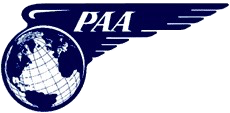
Captain Herman S. Joslyn was in command of N1032V, with First Officer Angus Gustavus Hendrick, Jr.; Second Officer Michael F. Kerwick; Flight Engineer Donald Read Fowler; and Assistant Flight Engineer Stuart Bachman. The cabin crew were Purser Natalie R. Parker, Stewardess Elizabeth M. Thompson, and Steward James D. Peppin.
Clipper United States was cruising at 10,000 feet (3,048 meters) when a severe vibration began, lasting 5–8 seconds. The Number 3 engine (inboard, right) was violently torn off of the starboard wing. The damage to the airplane resulted in severe buffeting. The nose pitched down and airspeed increased. Captain Joslyn reduced engine power to limit airspeed. The Stratocruiser quickly lost 5,000 feet (1,524 meters). Because of damage to the engines’ electrical system, the flight engineer was not able to increase power on the remaining three engines. The Boeing 377 was too heavy at this early stage in the flight to maintain its altitude.
At 11:12 a.m. (19:12 UTC) the flight crew ditched the Stratocruiser into the north Pacific Ocean, approximately 35 miles (56 kilometers) west of the Oregon coastline. [N. 43° 48′ 15″, W. 125° 12′ 40″] The conditions were ideal for ditching,¹ but the impact was hard. Seats were torn loose, and several occupants were injured. Evacuation began and all three life rafts were inflated. The water temperature was 47 °F. (8.3 °C.).
A North American Aviation F-86F Sabre flown by Captain W. L. Parks, 142nd Fighter Interceptor Group, Oregon Air National Guard, located the scene of the ditching and observed smoke flares which led to two life rafts tied together. A Lockheed Constellation was also inbound to the scene from the south. After confirming that Air Force rescue aircraft were on the way, Captain Parks returned to Portland, very low on fuel.
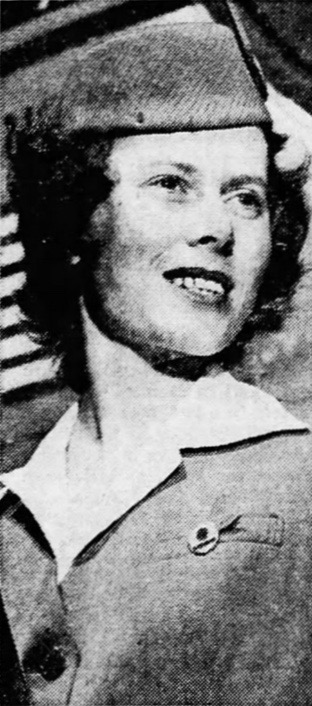
The airliner’s purser, Miss Natalie R. Parker,² had been assisting passengers with their life vests and seat belts when the airliner hit the water. Standing in the aisle, she was thrown forward, knocking down five rows of seats as she hit them. She was badly bruised and suffering from shock.
Along with other crew members, Miss Parker assisted the passengers in abandoning the sinking Stratocruiser. After entering the water, some began to drift away. Miss Parker, despite her injuries, swam after one and towed him back to an inflated raft.
Her actions were particularly mentioned in the Civil Aeronautics Board accident investigation report:
The purser, a woman, although suffering from shock swam and towed the only seriously injured passenger to the nearest raft, some 200 feet [61 meters] distant.
—Civil Aeronautics Board Accident Investigation Report SA-304 File No. 1-0039, 15 November 1955, History of the Flight
The airliner floated for about 20 minutes before sinking. Of the 23 persons on board, four, passengers John Peterson, David Darrow, First Officer Hendrick, and Flight Engineer Fowler, died of injuries and exposure.
The survivors were rescued after two hours by the crew of USS Bayfield (APA-33), a U.S. Navy attack transport.
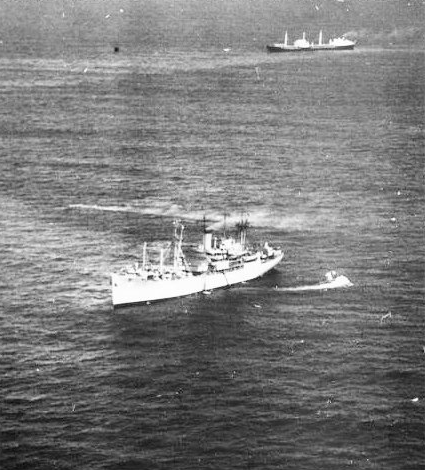
During the Civil Aeronautics Board hearings into the accident, Vice Chairman Joseph P. Adams commended the flight’s purser, Miss Parker:
“. . . all of us feel inspired that a fellow citizen, or just a fellow human being, can rise to such an occasion in the manner in which you did. It is most commendable, Miss Parker.“
—Civil Aeronautics Board Accident Investigation Report SA-304 File No. 1-0039, 15 November 1955, Footnote 3
Because the engine and propeller were not recovered, the exact nature of the failure could not be determined, but the most likely cause was considered to be a fracture of a propeller blade resulting in a severely unbalanced condition, followed by the violent separation of the engine from the wing. This was the fifth time that a Boeing 377 Stratocruiser had lost an engine following the failure of a hollow-steel Hamilton Standard 2J17 propeller blade.
When the flight engineer attempted to increase the propeller r.p.m. on the three engines simultaneously, an electrical overload occurred which opened the master circuit breaker. This prevented any engine power increase.
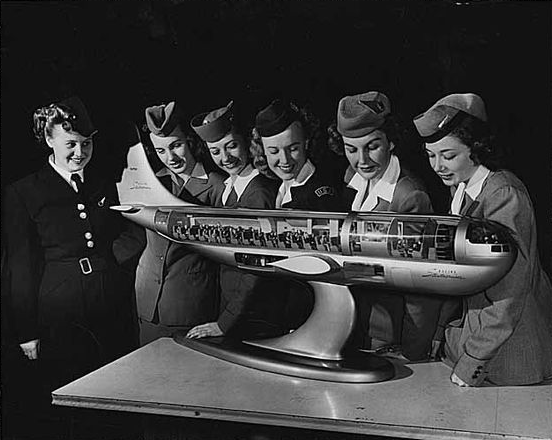

The Model 377 was a large, four-engine civil transport which had been developed concurrently with the Boeing B-50A Superfortress. The 377 followed the military C-97 Stratofreighter (Model 367), which used the wings, engines, landing gear and tail of the B-29. The B-50 and 377 shared the improved wings, engines and tail surfaces. The two airplanes made their first flights just 14 days apart. The Stratocruiser was operated by a flight crew of four. It was a double-deck aircraft, with the flight deck, passenger cabin and galley on the upper deck and a lounge and cargo compartments on the lower. The airliner was pressurized and could maintain Sea Level atmospheric pressure while flying at 15,500 feet (4,724 meters). The Model 377 could be configured to carry up to 100 passengers, or 28 in sleeping births.
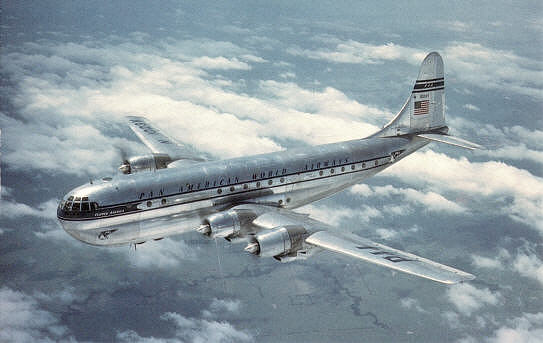
The Stratocruiser was 110 feet, 4 inches (33.630 meters) long with a wingspan of 141 feet, 3 inches (43.053 meters) and overall height of 38 feet, 3 inches (11.659 meters). The airliner had an empty weight of 83,500 pounds (37,875 kilograms) and the maximum takeoff weight was 148,000 pounds (67,132 kilograms).

The B6 had a Normal Power rating of 2,650 horsepower at 2,550 r.p.m., at 5,500 feet (1,676 meters), and Maximum Continuous Power rating of 2,800 horsepower at 2,550 r.p.m. at 3,500 feet (1,067 meters). The Takeoff Power rating was 3,500 horsepower at 2,700 r.p.m. with water/alcohol injection. ³
The engines drove four-bladed Hamilton Standard Hydromatic 24260 constant-speed propellers with a diameter of 17 feet (5.182 meters) through a 0.375:1 gear reduction.
The Wasp Major B6 was 4 feet, 7.00 inches (1.397 meters) in diameter and 8 feet, 0.50 inches (2.451 meters) long. It weighed 3,584 pounds (1,626 kilograms), dry. The propeller assembly weighed 761 pounds (345 kilograms).
The 377 had a cruise speed of 301 miles per hour (484 kilometers per hour) and a maximum speed of 375 miles per hour (604 kilometers per hour). During testing by Boeing, a 377 reached 409 miles per hour (658 kilometers per hour). Its service ceiling was 32,000 feet (9,754 meters) and the range was 4,200 miles (6,759 kilometers).
Boeing built 56 Model 377 Stratocruisers, with Pan American as the primary user, and another 888 military C-97 Stratofreighter and KC-97 Stratotankers.
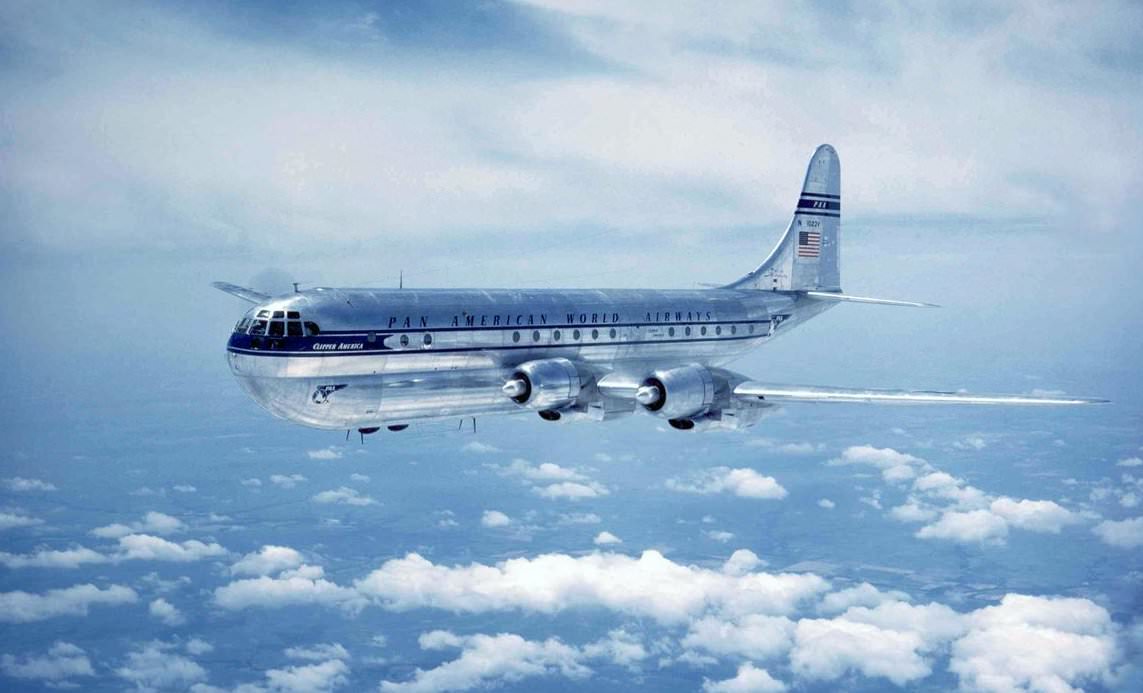
¹ Captain G.B. Cardew, master of the Matson Lines’ S.S. Hawaiian Educator, which had arrived on scene soon after the ditching, said, “The weather was perfect. The sea was calm and the sky warm and clear.” —Oakland Tribune, Vol. CLXII, No. 86, Sunday, 27 March 1955, Page 2-A, Column 3
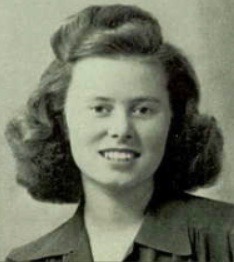
² Miss Natalie R. Parker was born 2 June 1925, the first child of Carold J. Parker, a potato chip manufacturer, and Ruth A. Parker, of Portland, Oregon. She attended Medford High School with the Class of 1943, where she was very active in extracurricular activities. Following graduation from high school, Miss Parker attended Reed College at Portland.
In 1945, Miss Parker enlisted in the United States Cadet Nurse Corps, U.S. Public Health Service, and trained as a nurse at the Johns Hopkins Hospital School of Nursing, Baltimore, Maryland. She graduated 13 June 1948.
Miss Parker joined Pan American World Airways in 1951.
Miss Natalie R. Parker married Rodney Collins Earnest, a building contractor, in Ellsworth, Maine, 21 October 1956. The wedding was officiated by Rev. S. George Bovill of the Congregational Church. They resided in Seattle, Washington. Mrs. Earnest became a founding partner and business manager of the Acorn Academy in Seattle.
³ During a demonstration of the Pratt & Whitney Wasp Major engine (military designation, R-4360) a regular production engine was taken from the assembly line and run for 22 continuous hours at 4,400 horsepower, then checked and run for another hour at 4,850 horsepower. It was then run for 100 hours at 3,000 horsepower, and 50 hours at 3,500 horsepower. When the engine was disassembled for inspection, it remained in serviceable condition.
© 2019, Bryan R. Swopes